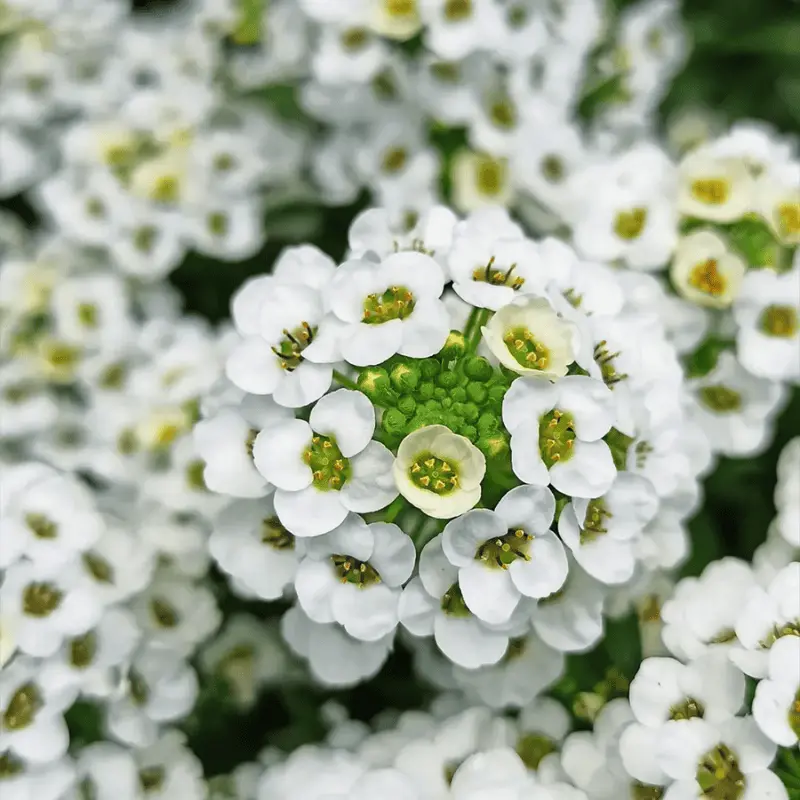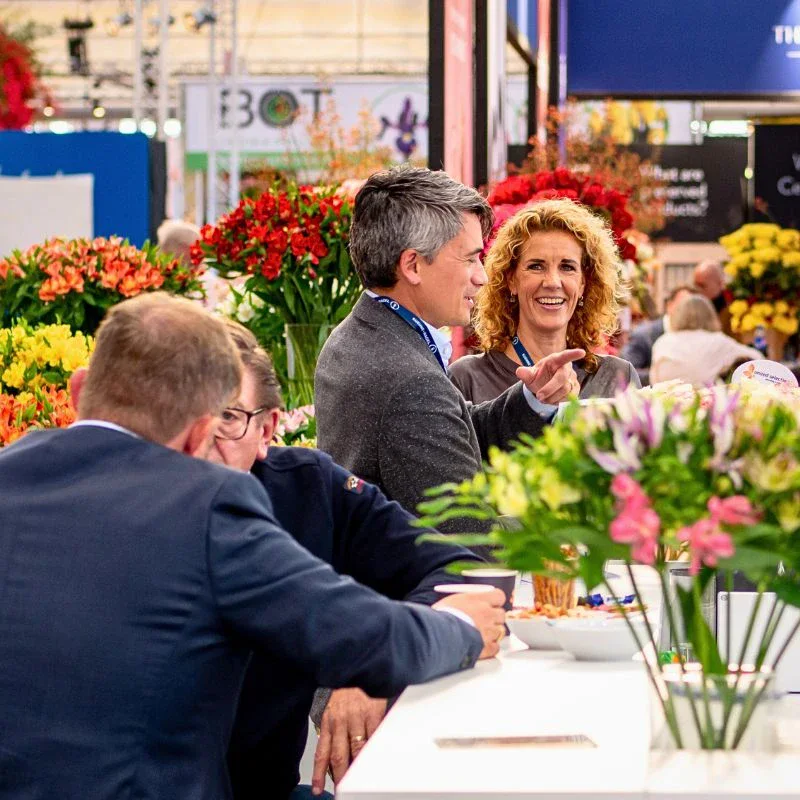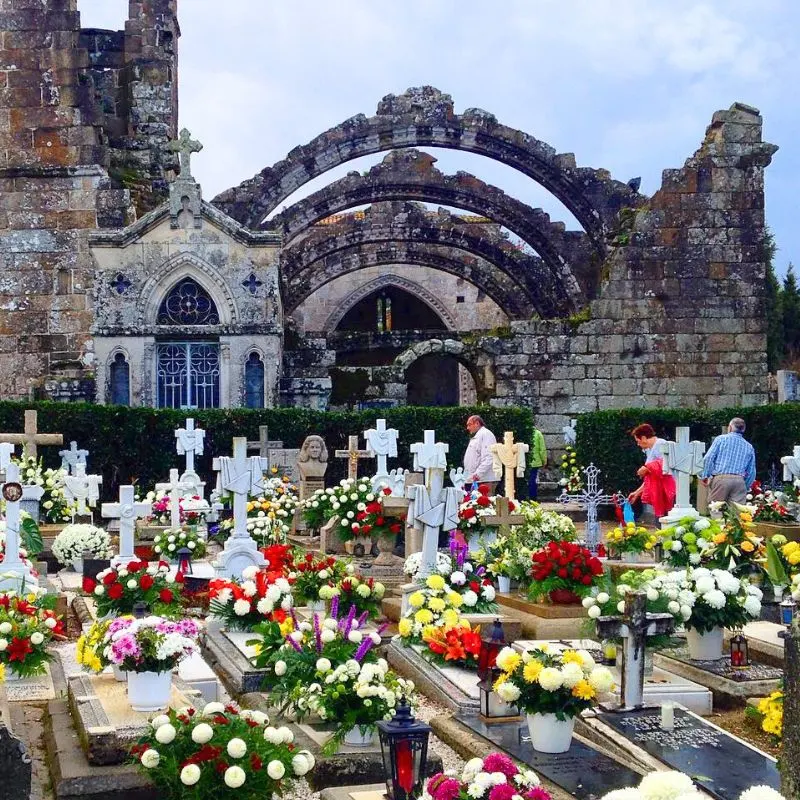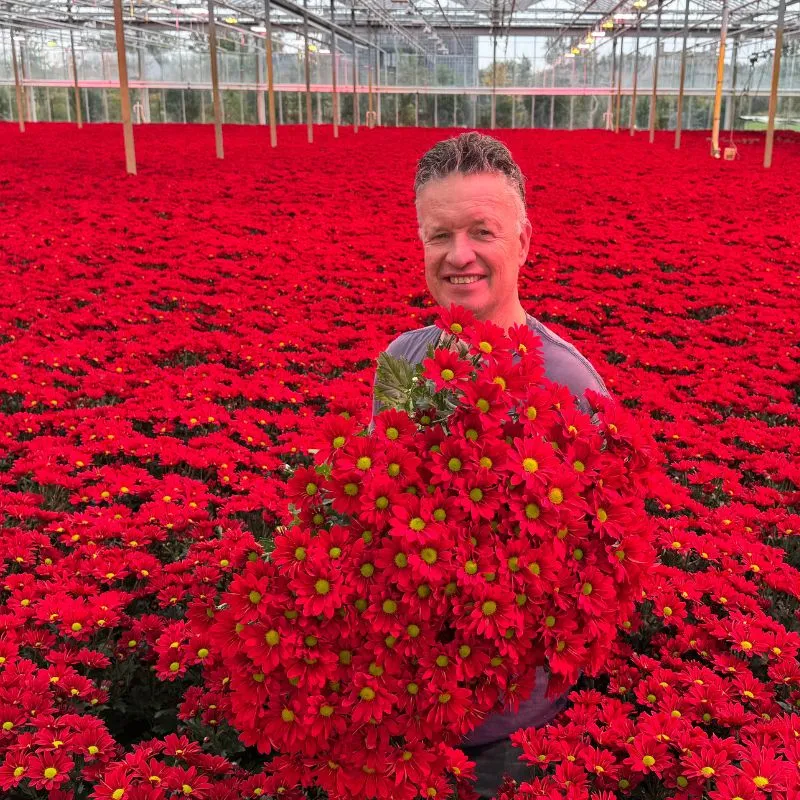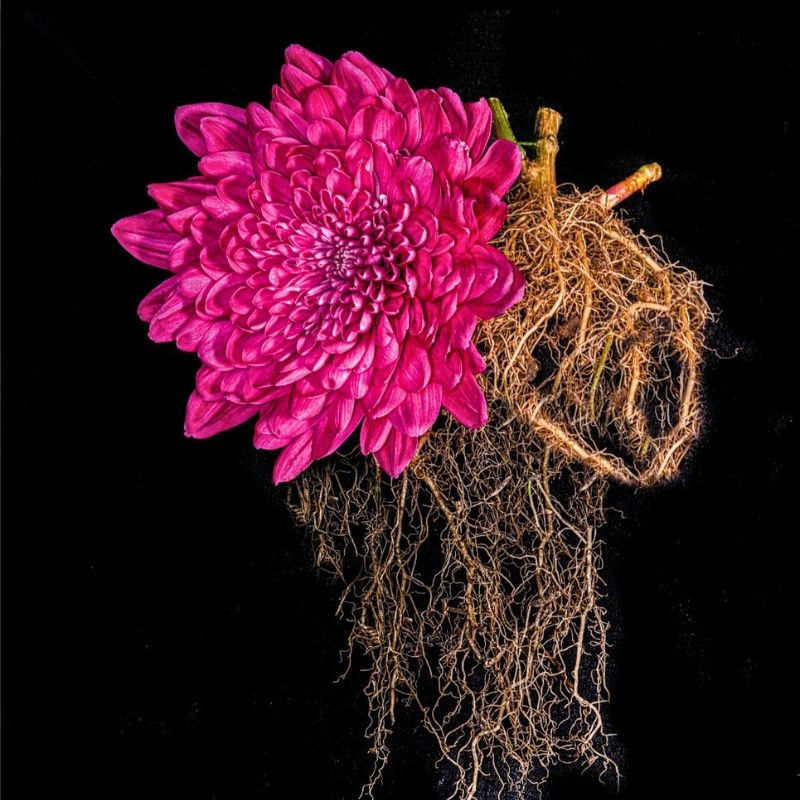The Chrysanthemum flower meaning carries centuries of history, emotion, and artistry. Commonly known as 'mums', these flowers mark the heart of autumn with their structured forms and varied hues, from gold to pink, red, and white. But beyond seasonal beauty, Chrysanthemums have long represented life, death, loyalty, and even imperial power, depending on where you are in the world.
To understand their enduring influence, one must trace how Chrysanthemum symbolism evolved, from ancient China’s gardens to modern bouquets that celebrate everything from joy to remembrance.
The Origin of Chrysanthemums and Their Journey Across Cultures
The chrysant belongs to the genus Chrysanthemum within the Asteraceae family and includes around forty species. Native to East Asia, particularly China, the flower’s name comes from the Greek words chrysos (gold) and anthemon (flower), a fitting description for the golden varieties that first captured human admiration.
.jpg)
Cultivation began as early as 500 BCE in China, where chrysants were valued not only for their form but also for their supposed life-giving energy. They appeared in poetry, medicine, and art, symbolizing virtue and endurance. The plant later traveled to Japan as a diplomatic gift between emperors, where it was embraced as a national symbol and incorporated into the Imperial Seal. From there, it spread to Korea and, much later, to Europe through trade in the 1700s.
Swedish botanist Carl Linnaeus formally described the genus in 1753, comparing its appearance to the corn marigold. Over time, taxonomy revisions refined its classification, but its cultural and ornamental importance only grew. Today, Chrysanthemums remain among the most cultivated flowers globally, prized for their range of shapes, resilience, and emotional resonance.
Growing and Caring for Chrysants
Chrysanthemums are perennial herbaceous plants known for their adaptability and diversity. With more than 20,000 cultivars recorded worldwide, they range from compact bushy plants to tall, upright stems that thrive in well-drained, fertile soil.

Best planted in spring, mums establish their roots during summer and burst into color in the fall. They thrive under full sunlight and dislike overly wet soil. To keep them healthy, gardeners often pinch back stems early in the growing season to encourage fuller growth, fertilize during mid-summer, and divide every few years to maintain vigor.
Pro Tip: For lasting color, choose early- and late-blooming varieties to extend the flowering season. Indoors, place potted mums near bright windows to maintain their energy and prevent leggy growth.
Cultural Symbolism of Chrysanthemums Around the World
The Chrysanthemum symbolism varies dramatically across cultures, reflecting how societies project meaning onto nature.
In China
The Chrysanthemum is one of the 'Four Gentlemen' in Chinese art, alongside the plum blossom, orchid, and bamboo, each representing a season and a virtue. It signifies autumn and the ability to thrive through adversity. Traditionally gifted to the elderly, Chrysanthemums express longevity, good fortune, and inner peace. In Taoism, they symbolize the harmony of nature and the cycle of life and rebirth.
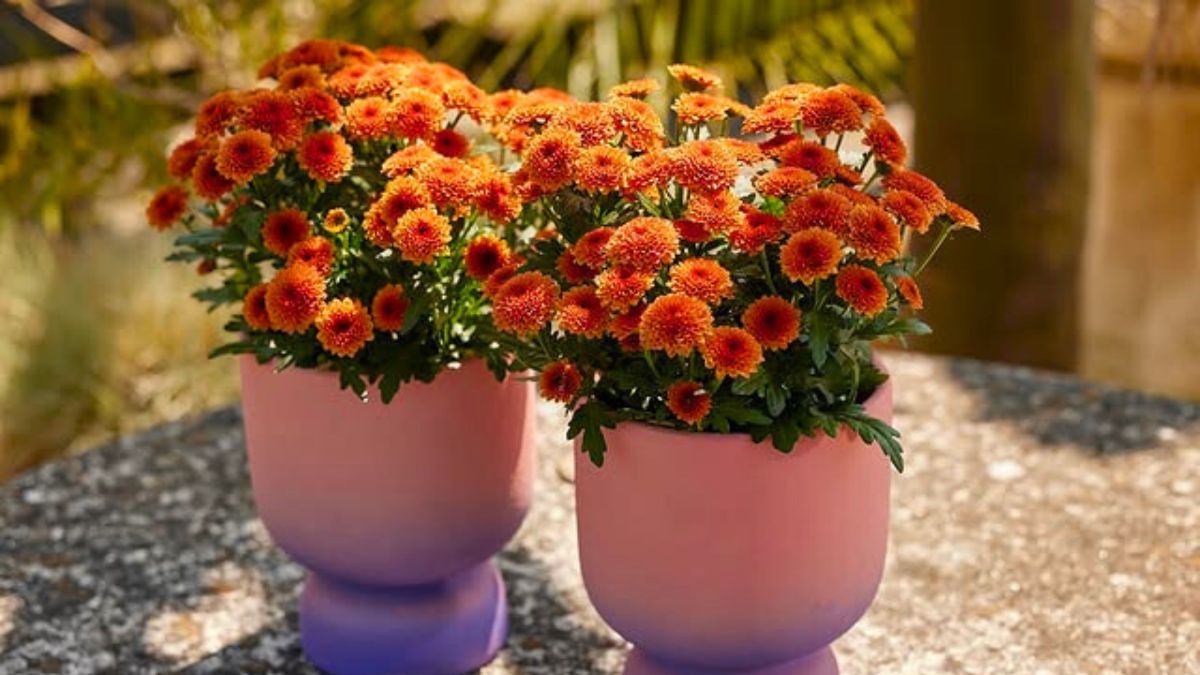
In Japan
Known as kiku, the Chrysanthemum holds imperial status. It represents the sun, perfection, and long life. The Japanese Emperor’s throne is literally called the Chrysanthemum Throne, and the flower appears on the Imperial Seal. Every autumn, the country celebrates the “Festival of Happiness” (Kiku Matsuri), honoring the flower’s power to symbolize purity, renewal, and honor.
In Europe and Beyond
When Chrysanthemums reached Europe, their symbolism took on more complex shades. In countries like France, Belgium, and Austria, white Chrysanthemums are traditionally used in funerals and to decorate graves as a sign of remembrance and mourning. Yet in the United Kingdom, they are seen as cheerful and life-affirming. Victorians used them to convey friendship and well-wishing, while in Australia, they became the official Mother’s Day flower.
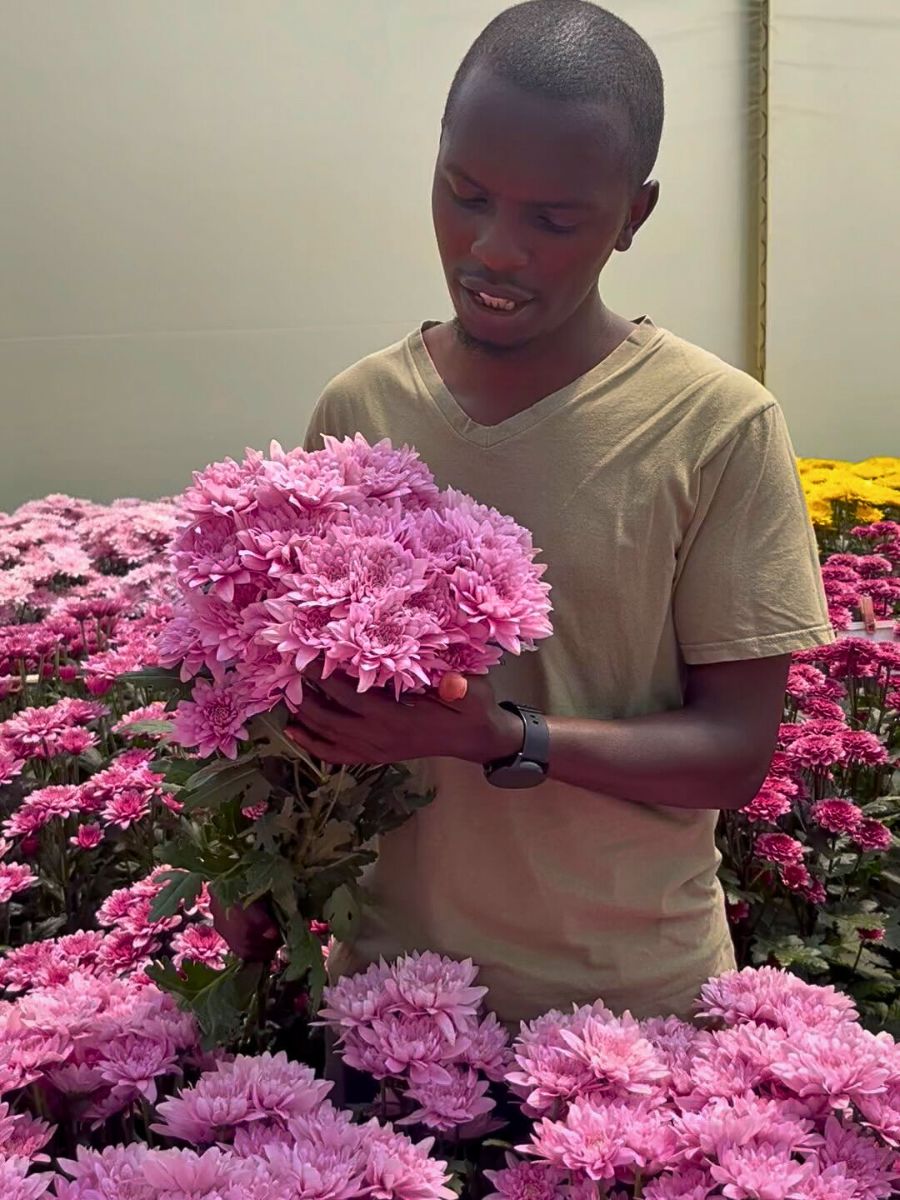
Across regions, the Chrysanthemum flower meaning oscillates between joy and solemnity, proof of its ability to embody both celebration and contemplation.
What Different Chrysanthemum Colors Mean
The meaning of Chrysanthemums deepens further through color. Each shade carries its own emotional message, shaped by centuries of tradition and culture.
White Chrysanthemums
White Chrysanthemums often represent purity, truth, and loyalty. In East Asia, they are also used to express grief and are employed in ceremonies to honor ancestors. In Germany, families place white chrysants at home during Christmas as symbols of innocence and divine blessing. In modern décor, white mums add an element of calm and sincerity, whether in wedding arrangements or minimalist interiors.
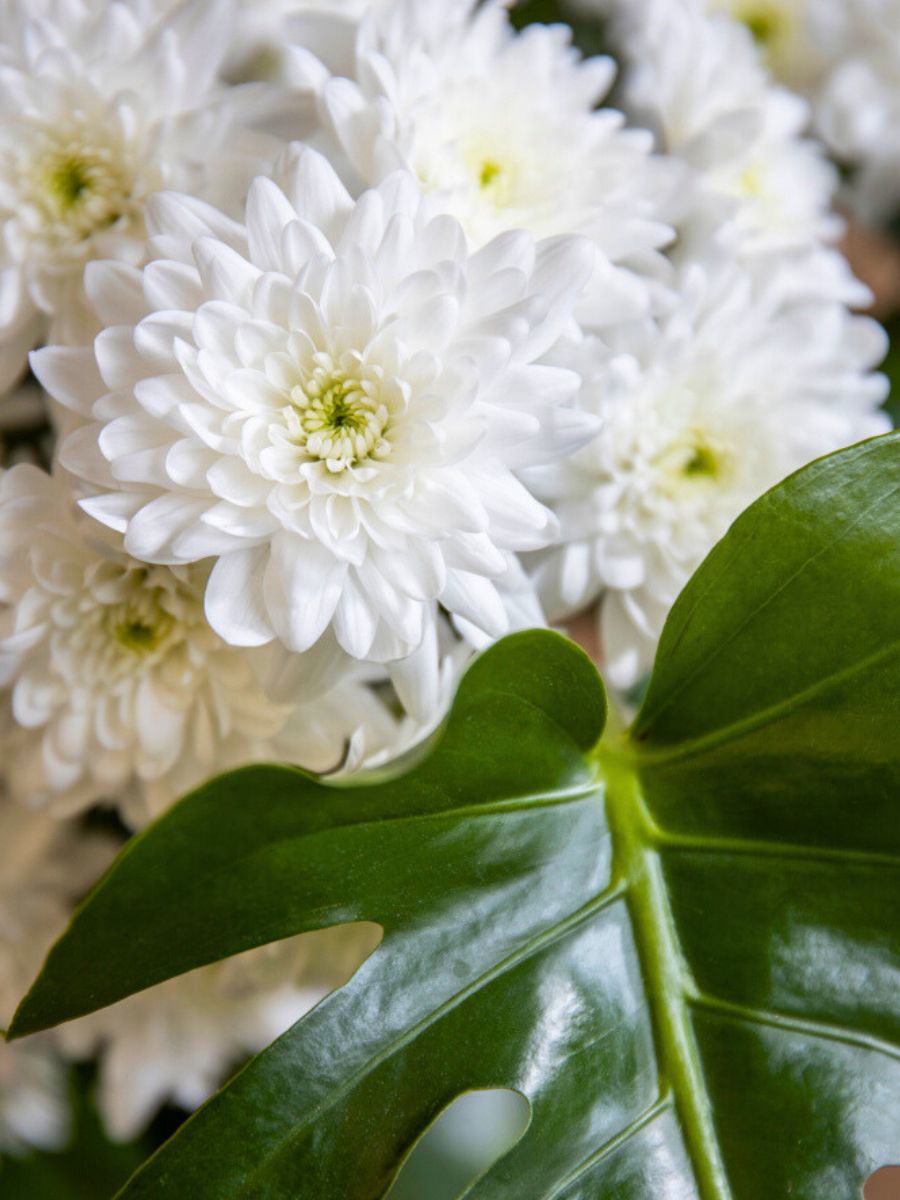
Yellow Chrysanthemums
Yellow Chrysanthemums embody duality. In some European traditions, they symbolize sorrow or neglected love. In other regions, especially Japan, they are bright emblems of optimism, vitality, and longevity. In the United States, yellow mums are often gifted to express friendship and gratitude, fitting symbols of warmth during autumn gatherings.
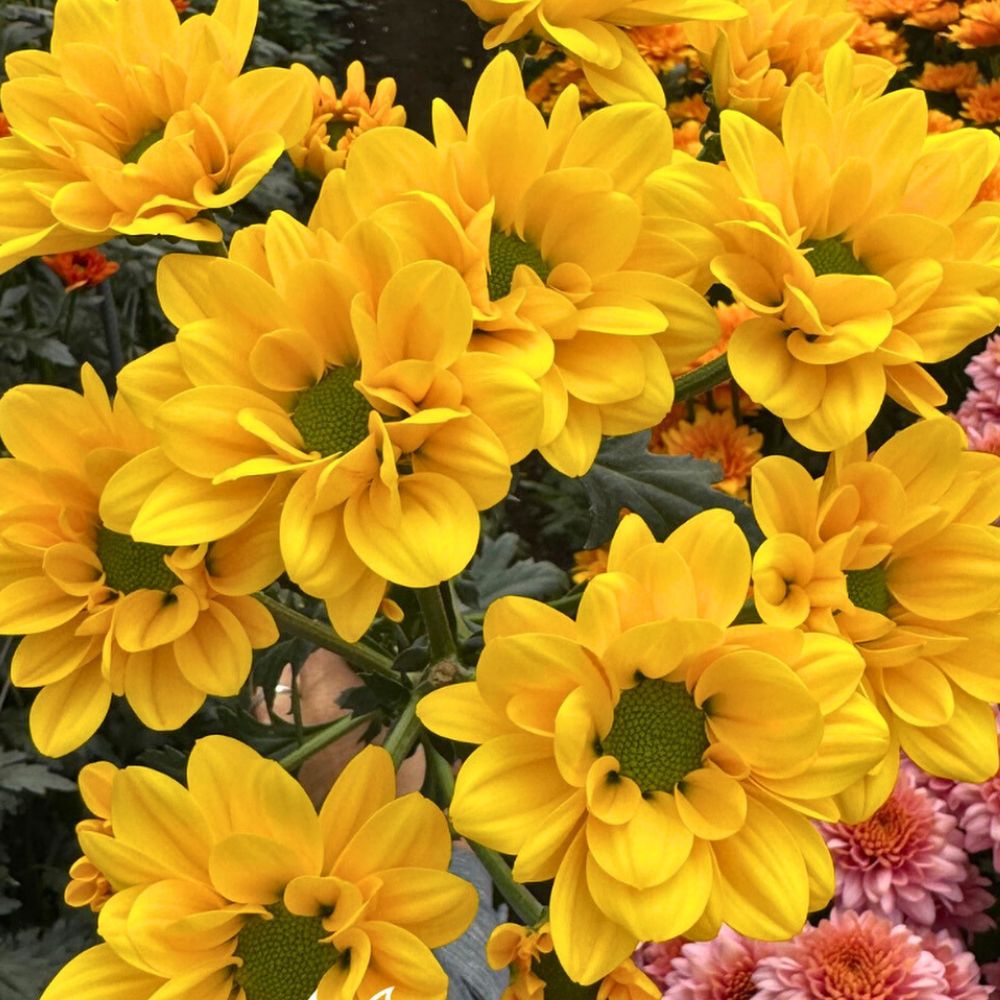
Red Chrysanthemums
Red Chrysanthemums symbolize love, passion, and deep affection. They are often compared to roses in romantic significance and appear in celebratory events across cultures. In Japan, they also reflect the samurai spirit discipline, courage, and perseverance, making them popular motifs in martial arts symbolism.

Pink Chrysanthemums
Pink Chrysanthemums are associated with tenderness, affection, and emotional healing. They represent love between family members or close friends and are often gifted to mothers or mentors. Some traditions even connect pink mums to peace and emotional balance, embodying gentleness without fragility.
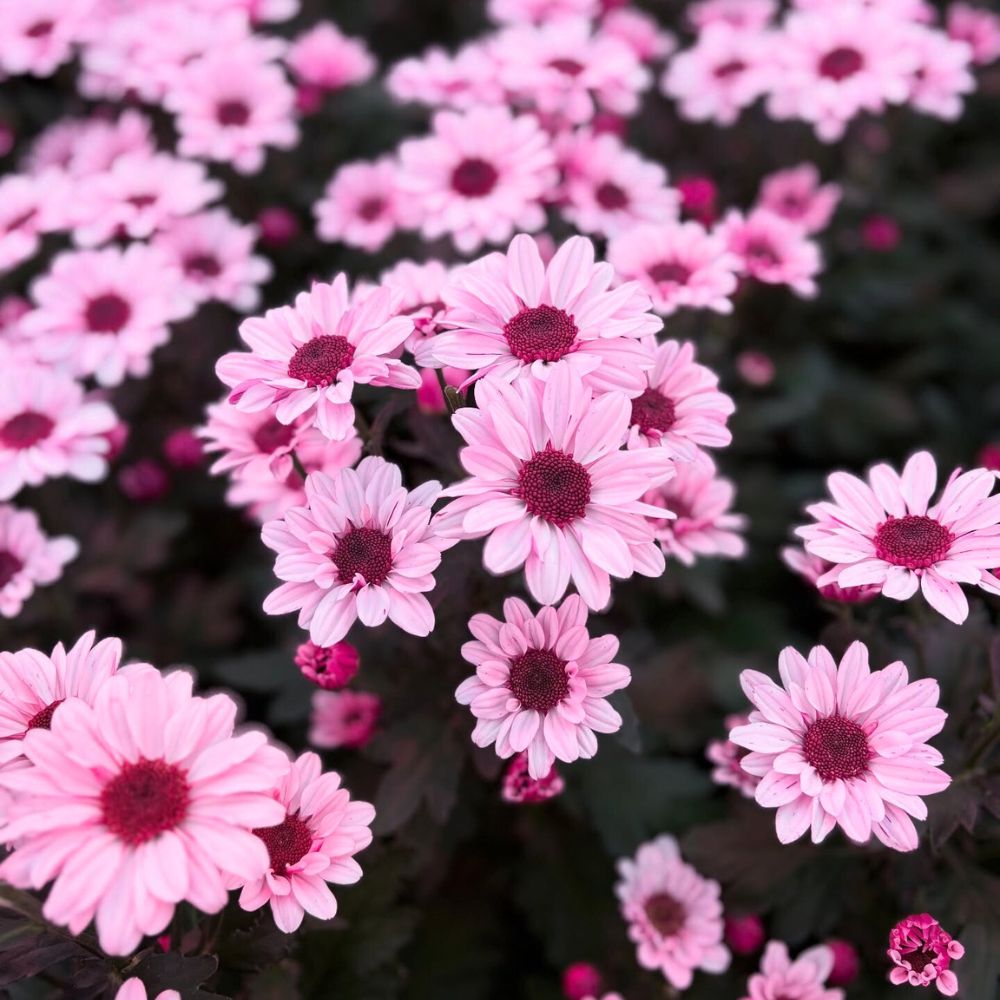
Orange Chrysanthemums
Orange Chrysanthemums fall between the symbolism of red and yellow, representing energy, enthusiasm, and balance. Bi-colored or tri-colored mums bring layered meanings of unity and complexity, a reminder that human emotions, like their colors, are rarely singular.
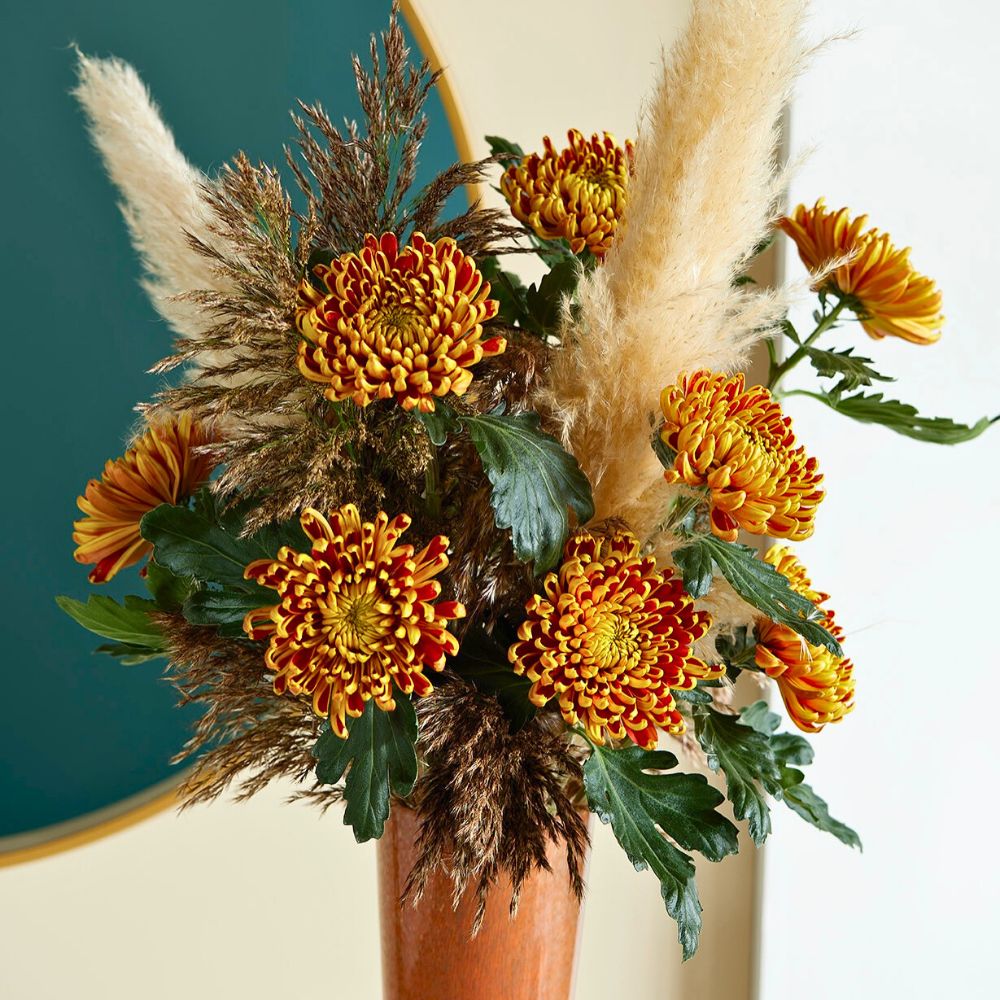
Chrysanthemum Symbolism in Tattoos and Art
Beyond gardens and bouquets, Chrysanthemum symbolism thrives in art, literature, and body design. In Japanese tattoo culture, Chrysants are a symbol of determination, nobility, and perfection qualities tied to their imperial history. A crysant tattoo can reflect personal resilience, inner strength, or transformation through hardship.

Combinations amplify meaning: paired with a dragon or lion, the flower evokes courage; with butterflies, it represents parental love; with skulls, it becomes a symbol of protection and rebirth. Each artistic interpretation transforms the flower’s traditional meanings into personal statements of identity.
Chrysanthemum Flower Meaning Today
The meaning of the Chrysanthemum flower today is as dynamic as its petals. In a world that constantly shifts between change and continuity, this flower continues to represent endurance, respect, and renewal. Its meanings, rooted in both life and loss, invite reflection on the passage of time and the cycles that define existence.
Whether adorning gardens, memorials, or creative designs, the Chrysanthemum stands for more than beauty; it is a mirror of human emotion, capable of expressing joy, gratitude, and remembrance in equal measure.
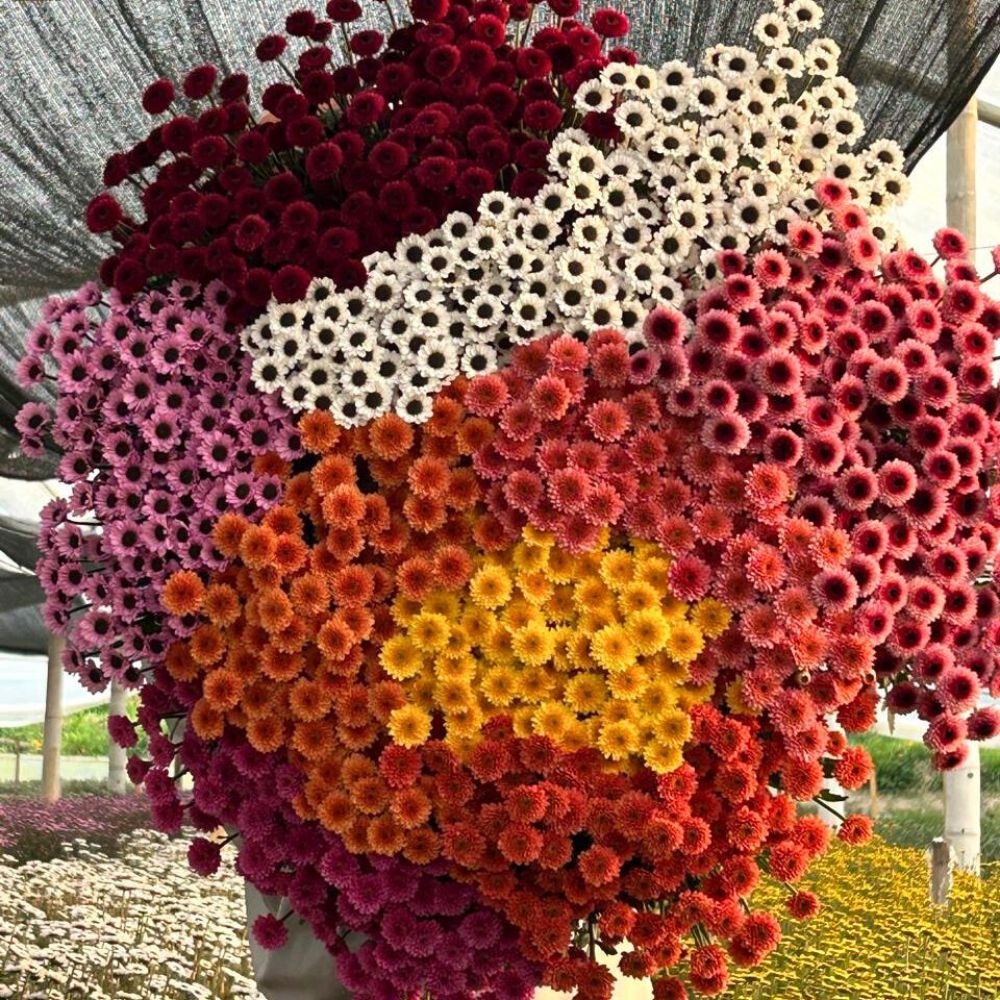
To ask “What does the Chrysanthemum flower mean?” is to open a dialogue between cultures, emotions, and centuries. Perhaps that is why, even today, the mum remains one of the world’s most beloved and meaningful flowers, bridging the gap between what fades and what endures.
Header image by @Icon Selections.

.jpg)

